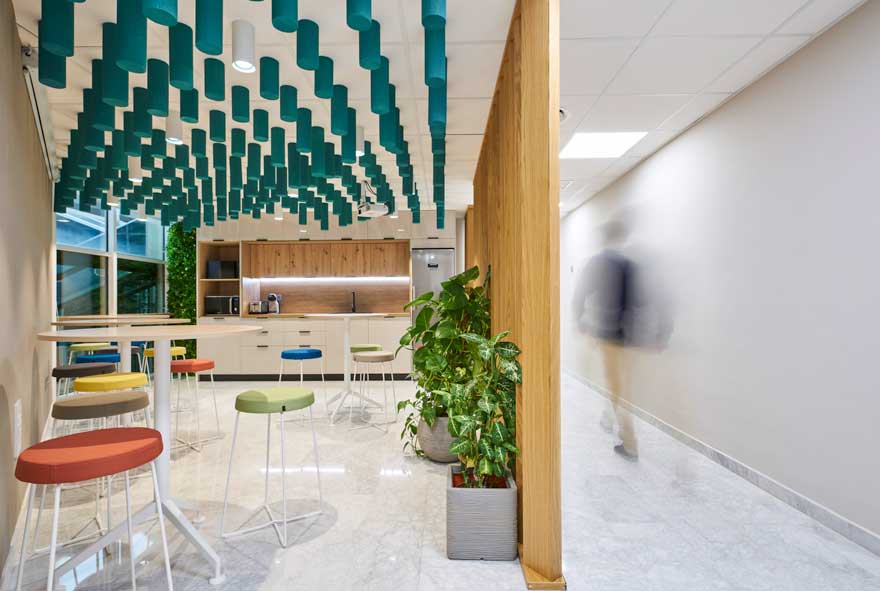
Interior lighting and room design
Interior lighting is one of the fundamental pillars for interior design. It is even said to be the fourth dimension of architecture. And yes, light conditions the creation of an environment much more than you think.
In this blog you will discover the different types of artificial lighting and how to use them to your advantage. If you want to expand your knowledge about lighting, we recommend that you read our last post on the 10 key concepts in lighting and its application in office design.
the grammar of light
Richard Kelly, a pioneer in integrating the psychology of perception in lighting projects, talks about three types of light:
- Light to see: It is the general lighting of the environment. In interior lighting design, the light to see is not the goal, but the foundation of a more complex lighting project.
- Light to look: Directed light to accentuate points of attention and convey information. The important areas stand out over the trivial, which takes a back seat.
- Light to contemplate: Refers to decorative light effects using colors, patterns or shapes. A worthy lighting to be contemplated in itself. Light as an end and not as a tool.
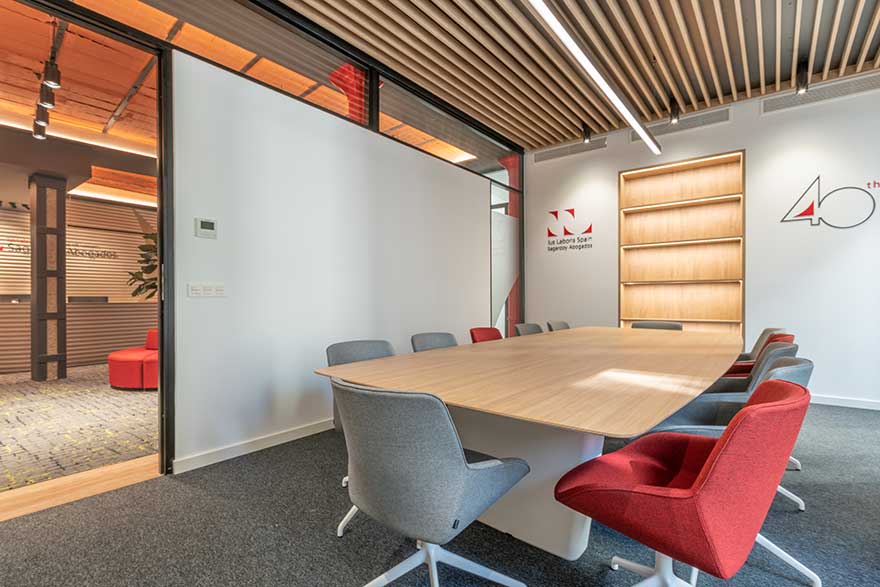
Kelly laid the foundations for discovering a new way to emphasize areas, orient users, and create atmospheres through lighting.
types of interior lighting and their uses
Next, we show you the different types of luminaires and their application depending on the use and the environment we want to create.
Basic or ambient lighting
It is the equivalent of the Light to see. It responds to the need to orient oneself in a space and provide visual comfort.

They are usually downlights, recessed in ceiling or suspended. Their arrangement depends on the design but they generally adopt a regular arrangement, flooding the entire space.
In office design it is very common to use led or download screens with a wide opening angle. However, it can also be played with indirect lighting and led strips. They create a general light while providing warmth and visual comfort to the environment.
Washer lighting
Allows you to highlight an area or a large object against basic lighting. It helps to prioritize and direct the gaze towards something that we want to highlight.
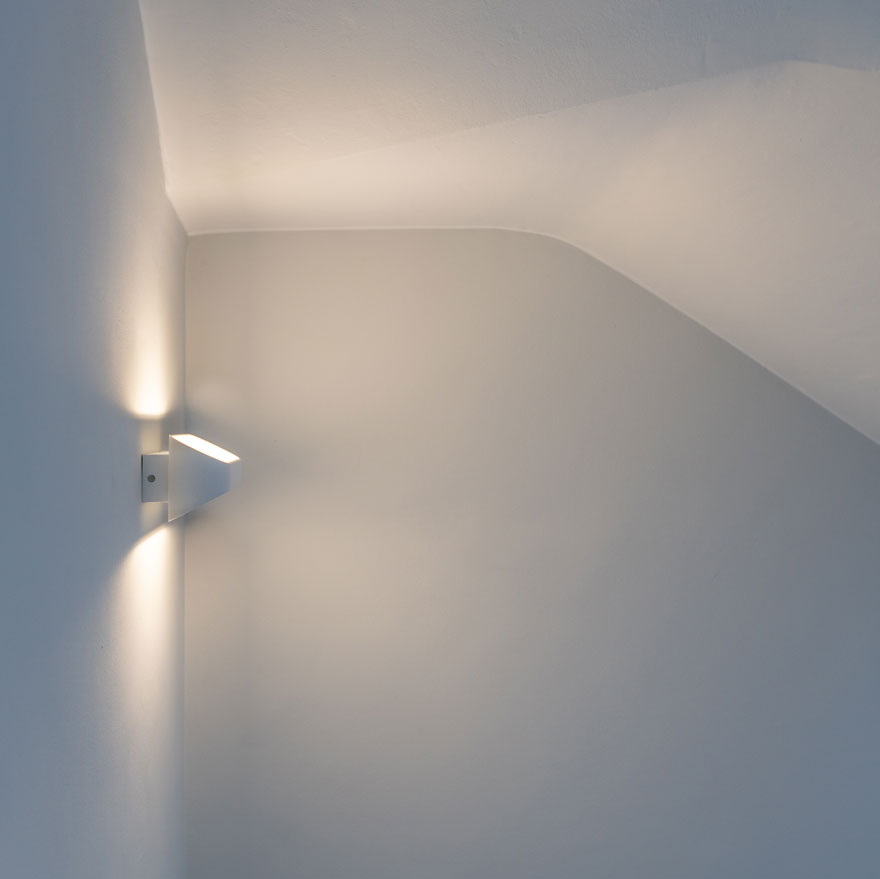
Wall washing is especially important, since due to our natural posture we usually receive most of the information from a space through its walls and columns. Appreciating the walls provides a greater sense of spaciousness and increases visual comfort.
In the same way, the ceiling washing or the floor washing are very useful light resources. In the case of the first, for example, we can highlight ceilings for their architectural value. In the second, it can also serve as an orientation or guide. And in both cases we can apply this type of lighting as decorative. Helps to design dim environments by projecting indirect light.

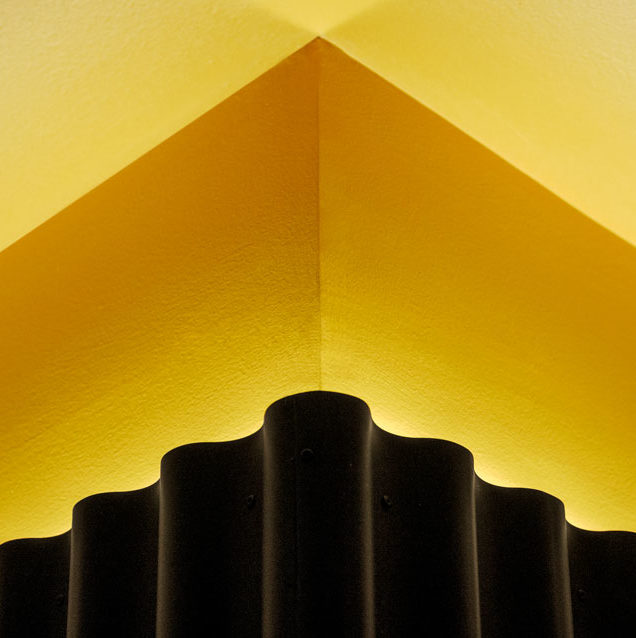
Interior accent and projection lighting
The accent light is called Light to look at. It allows you to achieve that clear portion of light, which together with the basic and bathroom light, will generate an area of greater illumination. It is normally composed of low-voltage luminaires that can be manually directed towards a specific object.
It is a directed light that establishes hierarchies of perception, a type of lighting widely used, for example, in museums or commercial spaces to illuminate products and put them in value. The best arrangement to avoid glare is for the light source to form an angle of 30º with the object.
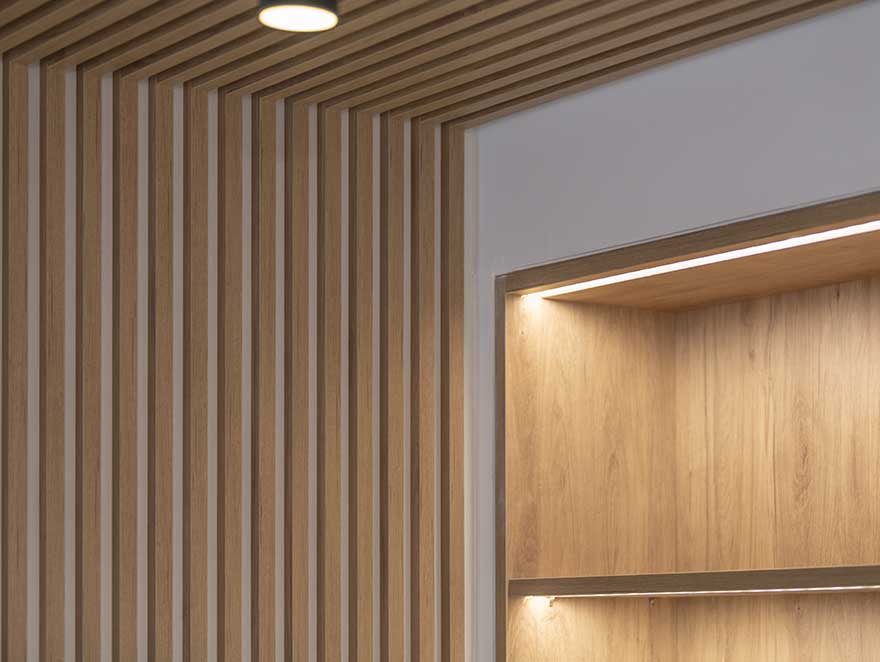
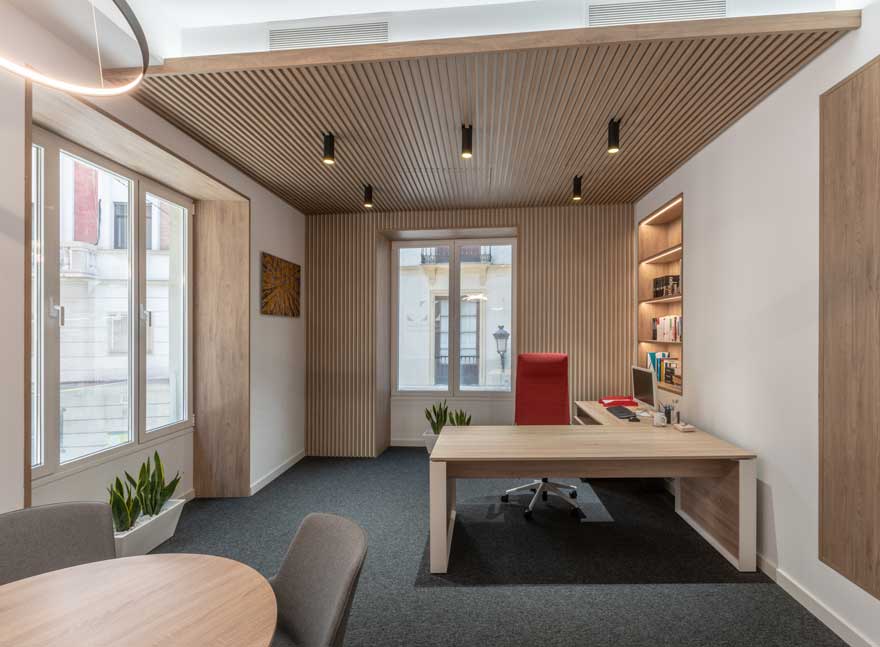
And finally, the projection light can achieve certain shapes that, with the absence of scattered light, generate very powerful visual attraction effects. They generate atmosphere and magic. It is what Richard Kelly calls Light to behold.
Work lighting
Lighting in offices and workspaces is a purely functional light, it provides the right light for a specific task.
For example, in an office design there must be uniform general or ambient lighting, but this is supplemented with auxiliary lights on each workstation, or in meeting areas, rest areas, etc. In the same space, the development of different activities requires specific lighting levels.
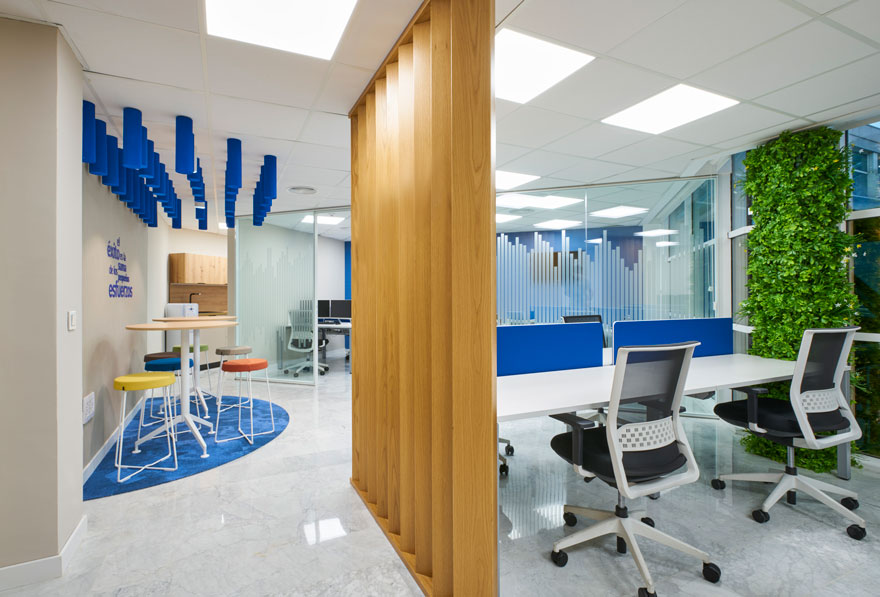
interior lighting as a generator of atmospheres
Lighting, far from being understood as a question of quantity, must be a question of quality. The adaptation to the uses, the needs of the space, and the relationship between it, the perceiver and the objects to be illuminated. So, different types of lighting allow generating different sensations in the same space and in front of the same user.
architecture is the wise, correct and magnificent play of volumes under the light
Le Corbusier
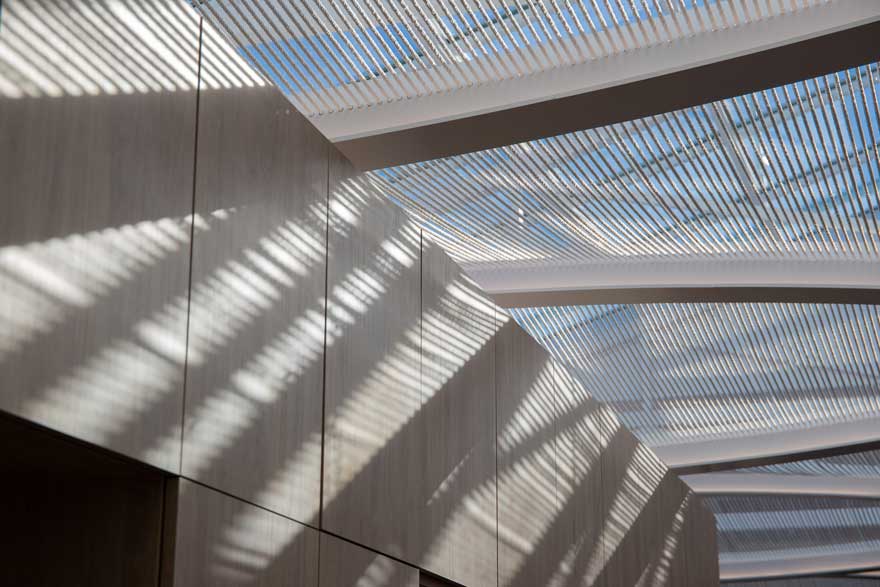
If you found it interesting you can share this post and if you want to know more about the subject, you can read our last blog post on lighting: 10 key concepts in lighting.
To stay updated on other topics and our projects you can keep an eye on the web and our social networks. We will wait for you!
- < anteriorWhat an office lighting should look like: Key concepts
- siguiente >New workspaces: the home office
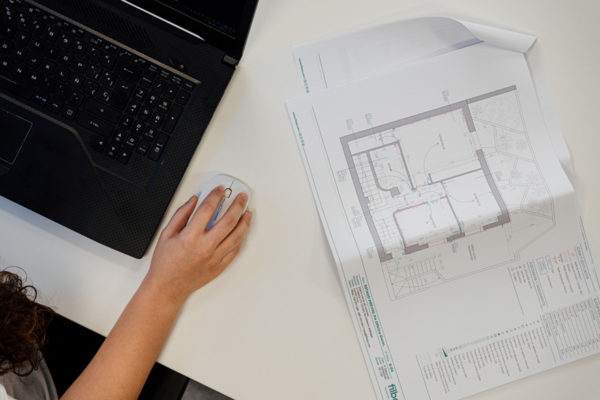
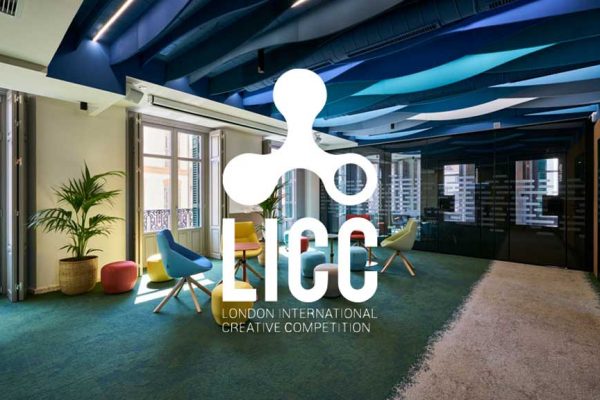
Leave your comment